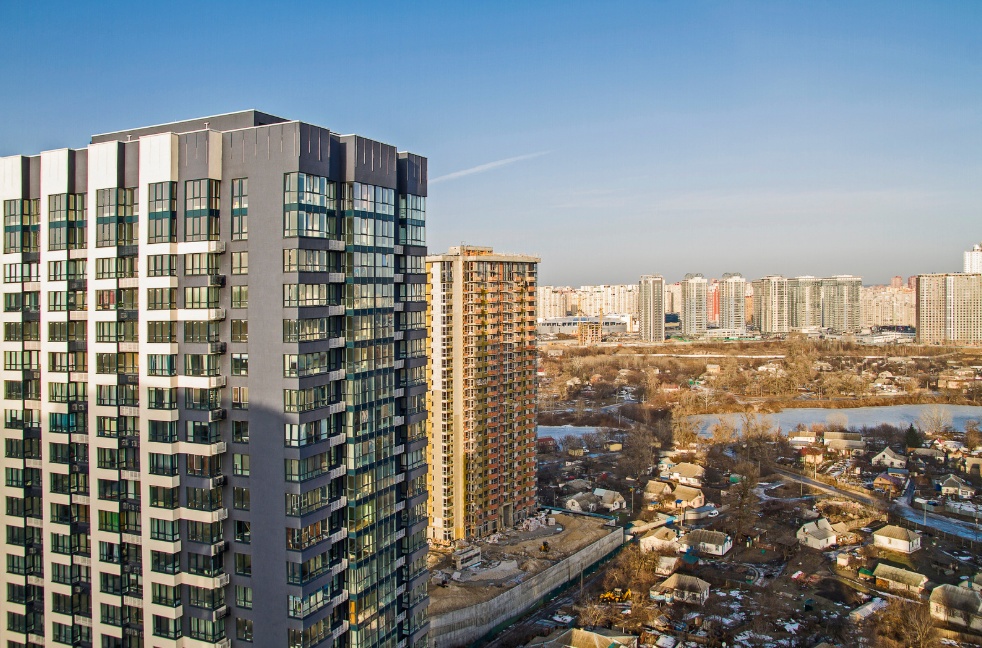2024: A Year of Transformation in the U.S. Commercial Real Estate Market
The landscape of the U.S. commercial real estate market underwent profound changes in 2024, influenced by a variety of factors that reclaim and redefine space. Critical drivers such as evolving workplace habits, challenges in traditional retail environments, and the vast encroachment of e-commerce reconfigured the way properties are perceived and utilized. As the market contended with high vacancy rates and shifting consumer preferences, strategies promoting mixed-use developments emerged as a cornerstone solution for landlords and investors, suggesting a new era of real estate adaptability and resilience.
Adapting Office Real Estate to New Norms
As hybrid work models became a defining characteristic of the workplace, the demand for conventional office spaces underwent significant reevaluation. Major urban hubs like San Francisco, Chicago, and New York City grappled with substantial vacancy rates, often exceeding 20%, particularly in aging office buildings. This paradox prompted landlords to rethink traditional office rentals in favor of dynamic, flexible spaces that meet the refined demands of modern tenants.
In 2024, organizations prioritized features such as open layouts that encourage collaboration, spaces designed for teamwork, and amenities that contribute to a work-life balance. Elements such as outdoor workspaces, fitness centers, and social hubs became focal points in tenant search criteria. These developments indicate a broader transition towards creating environments that encourage worker engagement and satisfaction, reflecting the underlying motivations of companies aiming to retain talent in a competitive market.
Retail Real Estate: Embracing New Opportunities
The retail sector faced its own set of challenges, with traditional shopping malls experiencing difficulties stemming from the decline of anchor tenants and dwindling foot traffic. In response, property owners began to pivot from these outdated models, embracing experiential retail strategies that resonate with contemporary consumer expectations.
This innovative shift saw landlords adopt a variety of strategies, including hosting live performances and community events, implementing dining and food hall concepts, and incorporating fitness and wellness offerings within retail spaces. Such moves transformed retail environments into community hubs, allowing them to thrive within mixed-use developments that attract not only shoppers but also residents and visitors, effectively countering the declining trends observed in conventional retail.
The Industrial Real Estate Boom
Of all sectors, industrial real estate emerged as the prevailing success story of 2024, largely spurred by significant growth in e-commerce. With global online sales estimated to have increased by 15%, the demand for warehousing and logistics facilities surged. Cities with advantageous geographical positioning and business-friendly policies, including Dallas, Atlanta, Phoenix, and Reno, became hotspots for industrial development.
Technological advancements played a crucial role in this sector as well, with many facilities integrating automation systems, robotics, and artificial intelligence to optimize supply chains. Meanwhile, increasing attention towards green technologies helped businesses meet rising sustainability expectations, aligning industrial real estate with broader environmental goals and consumer preferences in an increasingly conscience-driven market.
The Promise of Mixed-Use Developments
Mixed-use developments represent a transformative model for the future of real estate, offering a blend of residential, commercial, and recreational spaces within a single environment. The attractiveness of such developments is multifold, providing diversified revenue streams, enhanced community appeal and engagement, and sustainable infrastructure that benefits all tenants.
Landmark examples such as Hudson Yards in New York City, a $25 billion luxury redevelopment, and Ponce City Market in Atlanta demonstrate the potential of this approach. The Wharf in Washington, D.C. further exemplifies how blending residential, commercial, and social spaces can create vibrant community hubs that cater to diverse needs while providing a sustainable framework for growth.
Shaping the Future: Trends Ahead
As the end of 2024 approaches, the trends shaping commercial real estate into 2025 and beyond reflect a commitment to flexibility, sustainability, and community-oriented design. Adaptive reuse projects that repurpose existing structures for new purposes will thrive, while sustainable practices will become increasingly prioritized in development plans. Technology will continue to play an essential role in optimizing operations within buildings, while urban redevelopment efforts will focus on repopulating underutilized properties to restore community vitality.
Conclusion
The commercial real estate challenges of 2024 underscored the critical importance of adaptability and innovation in the industry. As new consumer preferences and business models emerge, mixed-use developments stand out as a resilient solution that aligns with modern societal needs, community engagement, and sustainability. This adaptability not only prepares the industry for present challenges but positions it for substantial growth as we move forward into 2025 and beyond.
FAQs
What factors are driving change in the U.S. commercial real estate market in 2024?
Factors include the rise of hybrid work models, challenges faced by traditional retail, and the growth of e-commerce, leading to a reevaluation of spaces and adaptation to modern consumer preferences.
What is the significance of mixed-use developments?
Mixed-use developments blend residential, commercial, and recreational spaces, promoting community engagement, diversified revenue streams, and sustainable infrastructure that aligns with contemporary living needs.
How are retail spaces adapting to changing consumer trends?
Retail spaces are adopting experiential strategies such as live performances, community events, and the inclusion of dining and wellness facilities to create vibrant community hubs that attract a diverse demographic.
Why is industrial real estate considered a success story in 2024?
The growth of e-commerce fueled unprecedented demand for logistics and warehousing facilities, making industrial real estate a lucrative investment opportunity in many urban markets.
What can we expect for the future of commercial real estate beyond 2024?
Future trends will emphasize flexibility, sustainability, technology integration, and community-oriented designs, revamping underutilized properties and aligning developments with modern societal values and expectations.

